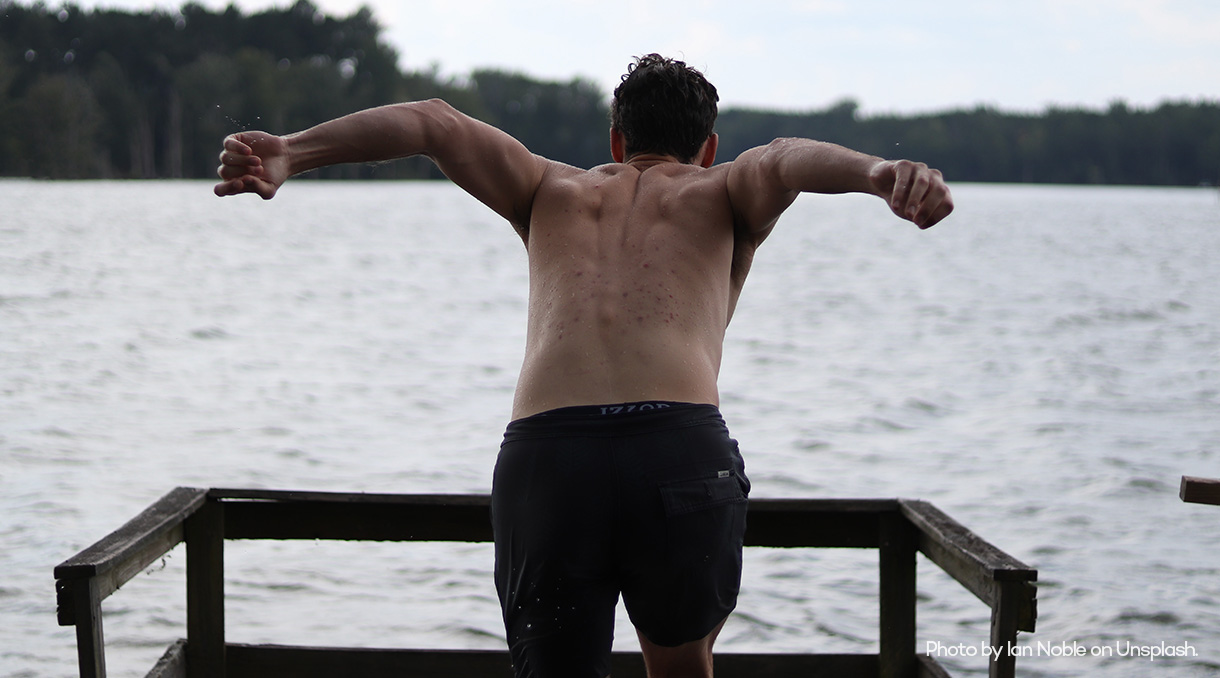Lumbar instability is apathology of the spine in which there is abnormal mobility or an abnormal joint between two or more contiguous vertebrae, and for those who have it, it can be very painful. From Instituto Clavel we’d like to tell you why this condition occurs and how to treat it.
When a patient suffers from lumbar instability, there is excessive movement between the vertebrae and, progressively, a degeneration of the intervertebral joints, and possibly affecting the structures of the nervous system that pass through them.
As we will explain later, this condition is not always pathological and there are cases in which it does not produce symptoms, but when it does, it considerably worsens the quality of life of the patients, preventing them from carrying out their daily activities. Therefore, getting an early diagnosis is critical so that the patient can get treatment as soon as possible and prevent the problem from progressing further.
Causes of lumbar instability
The primary causes of lumbar instability can be classified as follows:
- Degenerative: The most frequent cause of spinal instability in adults is degeneration or early wear of the intervertebral discs, the most important part of the spine, causing abnormal mobility of these structures. This can happen in people who have a greater genetic predisposition to it and those whose bodies are subject to overexertion. These degenerative problems are increased by poor posture, poor physical condition, muscular insufficiency, sedentary life, excess body weight, injury, etc.
- Congenital:
- The most frequent is spondylolisthesis, caused by spondylolysis (bone defect at the junction of the facet joints).
- Lumbosacral transition anomalies (lumbarization of the first sacral vertebra or sacralization of the fifth lumbar vertebra).
- Anomalies in the alignment of the vertebral bodies, as in the case of scoliosis.
- Acquired:
- Postsurgical.
- Pathologies that affect the lumbar spine, such as infections or tumors.
Symptoms of lumbar instability
Lumbar instability does not always produce symptoms, but when it does, the most frequent and relevant is pain. This can be acute or chronic and can vary with changes in posture, for example, it increases in positions in which the spinal structures are under greater stress and decreases in those that do not place such stress.
Another symptom that this condition can cause is nerve compression, which produces sciatic pain during movement and that goes away when resting.

Treatments of lumbar instability
From the Instituto Clavel, as spine specialists, we recommend that all patients (except for specific cases with especially marked instability) be treated with conservative methods at the beginning. If there is no improvement, then surgical intervention would be chosen. Below, we explain in more detail what both alternatives consist of.
Conservative treatments
To begin with, patients should avoid over-exertions or strain, sudden movements and holding continued positions that cause sustained tension in the lumbar musculature, as well as any habit that worsens the prognosis of the disease.
Additionally, conservative treatments include the prescription of anti-inflammatories for short periods and an adequate physiotherapy program to exercise the muscles and thus stabilize the bone or ligament injury.
Since the degeneration of passive spinal stabilizing structures (ligaments, articular cartilage and discs) is very difficult to undo, the best prevention strategy is to keep the dynamic spinal stability mechanisms, that is to say, the spinal musculature, healthy and functional.
Surgical treatment
As we pointed out, for those patients whose pathology is very advanced and do not find relief in less aggressive treatments, there is the option of surgery.
There are several types of surgery possible for intervertebral stabilization, but they will almost always require some type of implant that fulfills the stabilization function as a replacement for the failed anatomical structure.
Whenever possible, a minimally invasive surgery technique (MIS) is used in order to respect the spinal musculature. Among the different techniques of this type, we can find the following:
- Extreme lateral interbody fusion (XLIF): used for levels from L1 to L5.
- Anterior approach arthrodesis: used for levels between L3 and S1, in which the disc is replaced with a mobile or fixed implant (ALIF), depending on the severity of the instability.
In those cases in which conventional stabilization cannot be performed, either due to age or health problems, we will opt for a minimally-aggressive surgery, implanting an interlaminar or intrafacetary distraction device, located at the most posterior part of the vertebra.
When in addition to this, there is a need to decompress nerve structures such as the medulla or nerve roots, a more open type of surgery will be required to ensure proper release of the structures.
Other times it will be necessary to add a stabilizing mechanism in the posterior third of the vertebrae to achieve sufficient correction in cases of pronounced instability, especially if multiple levels are affected. It is in these two cases that the benefit of the posterior approach is clear and arthrodesis is performed with transpedicular screws and TLIF-type interbody fusion cages.
At Instituto Clavel, our team specialized in spinal surgery (cervical and lumbar) has verified that all these techniques, if applied correctly, are effective in achieving intervertebral stability. The choice of which technique to use will depend on the needs of each case, which is why an individualized study in each situation is essential. All of them can be applied separately or combined to obtain a better result if one is not enough.
If you suffer from this condition and need more information, please don’t hesitat to contact us so we can evaluated your case in a personalized way.
Categories: Spine treatments, Spine pathologies
